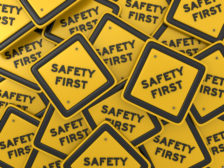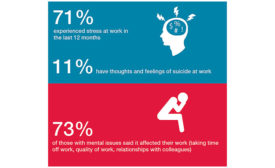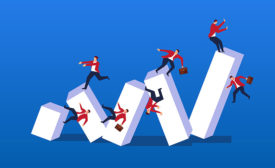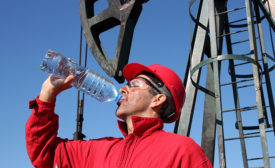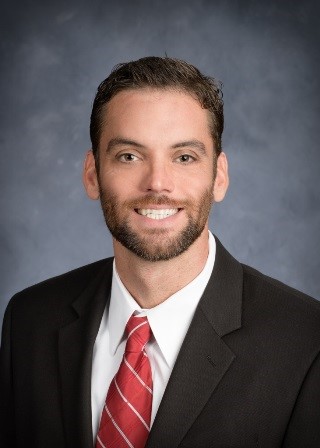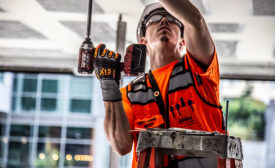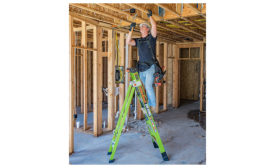Positive Cultures
Dr. John Kello, an organizational management expert, describes how to build and sustain employee engagement.
ARTICLES
Digital Exclusive
Understanding and reducing effects of stress on your health
May 14, 2020
Digital Exclusive
Mental Health Focus: 5 Effective Steps to take in the workplace
May 13, 2020
Rethinking Traditional Safety, Part 6
Risk pattern and the concept of self-triggering
May 5, 2020
Digital Edition Exclusive
Hydration benefits: Why water is the essence of good health
April 1, 2020
For your health & wellness: Sleeping habits
Better sleep habits may help reduce heart disease risk, aid in weight loss
April 1, 2020
Rethinking Traditional Safety, Part 5
How we lose safety judgment & skill development
April 1, 2020
Winning business through Safety
A Seattle company leverages its Total Safety Culture
February 3, 2020
For ladder safety, focus on surroundings, job hazards, height needs
Balancing Act
February 3, 2020
Get our new eMagazine delivered to your inbox every month.
Stay in the know on the latest safety trends.
SUBSCRIBE TODAYCopyright ©2024. All Rights Reserved BNP Media.
Design, CMS, Hosting & Web Development :: ePublishing
